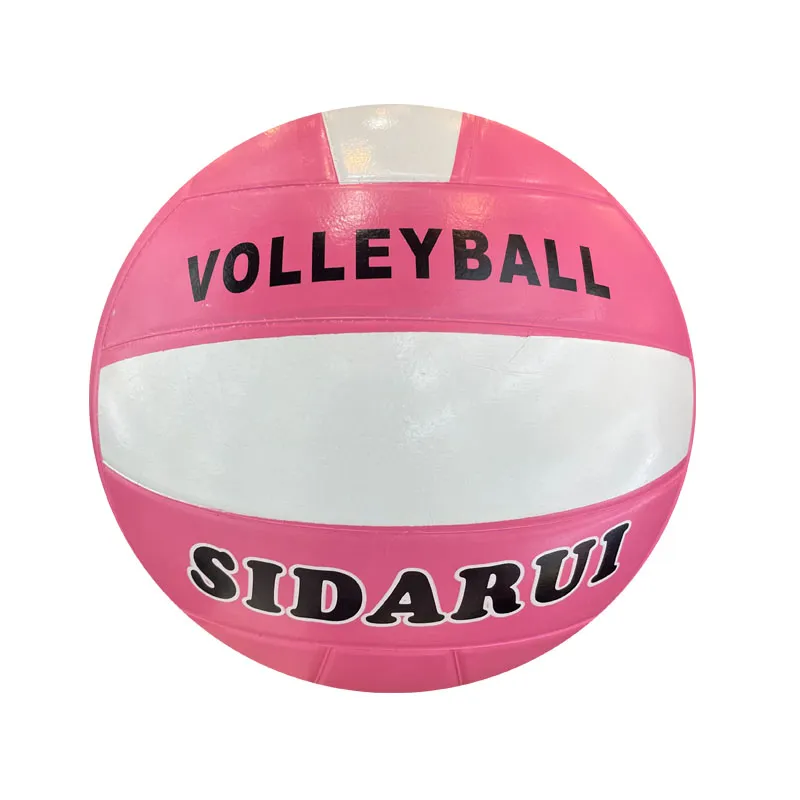Volleyball, a dynamic team sport, offers much more than the traditional indoor version known to many. With a wide array of formats available, enthusiasts of all preferences can find a style to suit their level of expertise, physical condition, and recreational interests. Delving into the different kinds of volleyball, this guide will provide insights grounded in experience, expertise, authority, and trust, making it easier to choose the ideal variation for players and organizers alike.

Beach Volleyball Originating from the sandy coasts of California, beach volleyball is a well-popularized form of the sport thanks to its inclusion in the Summer Olympics. Played by teams of two, it necessitates a unique skill set compared to indoor volleyball. Players must adapt to uneven sand terrain and the influence of weather conditions like wind, which adds layers of complexity to game strategy. Equipment innovation, such as specially designed lightweight and moisture-resistant volleyballs, ensures optimal performance. Enthusiasts appreciate the relaxed yet competitive atmosphere of beach volleyball, which often includes social events at tournaments.
Indoor Volleyball The most widespread variant, indoor volleyball, features six players per team and offers structured play that revolves around precise positions and rotations. Traditionally played on a hard-surfaced court, this format demands a high level of endurance, agility, and teamwork. It remains a staple in schools and recreational leagues, fostering community engagement and encouraging a healthy lifestyle. When properly equipped with knee pads, appropriate shoes, and durable net systems, players can ensure a safe and enjoyable experience. Coaches frequently emphasize mastery of passing, serving, attacking, and blocking to cultivate roundly skilled teams.

Grass Volleyball This variant bridges the gap between indoor and beach volleyball, gracing park settings and local festivals. Played as either doubles or sixes, grass volleyball presents unique terrain challenges due to uneven surfaces and obstacles like trees. Its informal nature attracts both seasoned players and newcomers eager to partake in a relaxed sporting event. Organizers must prioritize quality portable net systems to accommodate different ground conditions, ensuring a seamless playing experience. Grass volleyball nurtures social connection and community building, making it a favorite for local tournaments.
kinds of volleyball
Snow Volleyball An emerging form, snow volleyball introduces the sport into wintry environments, offering a novel athletic venture that blends volleyball with the exhilaration of snow sports. Typically played in teams of three, it demands personalized warm clothing and specialized equipment like insulated volleyballs, tailored to resist frigid temperatures. The unpredictability of an icy surface necessitates advanced technical adjustments and heightens the strategic component of game play. Europe has pioneered this bold variant, with strong associations building around events held at ski resorts, promoting an alternative tourism and fitness trend during ski season.
Sitting Volleyball Providing an accessible variant of volleyball for athletes with mobility impairments, sitting volleyball brings the sport into the realm of adaptive competitive play. Featured in the Paralympics, this form mirrors traditional volleyball rules with specific modifications, such as a smaller court and lower net, facilitating play while seated on the floor. Equipment must accommodate the needs of players, often involving height-adjustable nets and regulation-sized balls to maintain fairness and competitive equivalence. By highlighting participation and inclusivity, sitting volleyball empowers athletes to achieve and compete at the highest levels.
Water Volleyball Played in swimming pools, water volleyball emphasizes fun and relaxation, making it an attractive option for summer recreational activities.
This format features familiar volleyball rules but adapts for leisurely pool enjoyment. Floating nets and waterproof volleyballs ensure players can enjoy a safe, splash-filled experience in a refreshing environment. Families and social groups often choose water volleyball as a lighthearted, recreational fit, boosting physical activity while providing ample opportunities for social engagement and laughter.
Each type of volleyball offers a distinctive experience, catering to varied tastes and conditions while promoting physical health, social interaction, and personal challenges. By understanding these variations, participants and organizations alike can make informed decisions that align with their goals, resources, and community needs. These insights establish a foundation for a deep and nuanced appreciation of volleyball's richness and potential, reinforcing its role as a beloved global sport.













